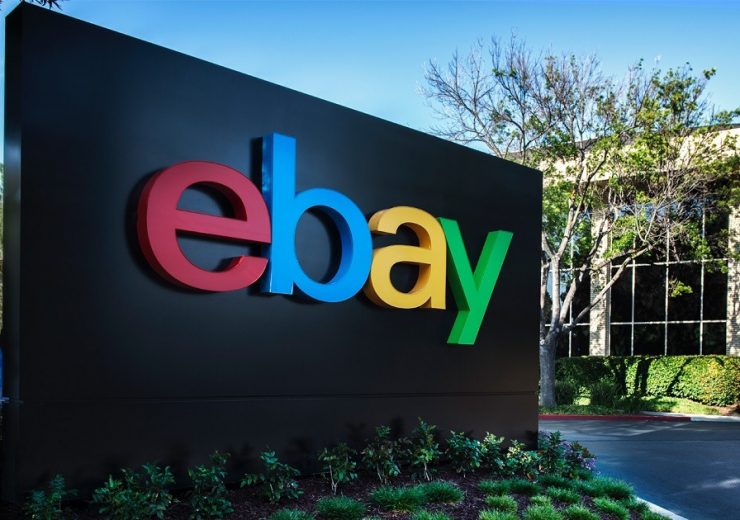The US-based e-commerce company, however, will retain a 4% stake in Kakao Bank, a South Korean mobile-only bank

eBay will continue to hold remaining stake of 19.99% in the Korean businesses. (Credit: eBay Inc.)
US-based multinational e-commerce company eBay has signed an agreement with Shinsegae Group’s Emart to sell a stake in its South Korean businesses for KRW3.4 trillion ($3bn).
The transaction includes a stake sale of 80.01% in eBay’s G-Market, IAC and G-9 businesses, which are valued at approximately $3.8bn.
Gmarket is an e-commerce site that was acquired by eBay in 2009. It was founded in 2000 as a subsidiary of Interpark.
eBay’s off-platform businesses in Korea earned a revenue of $1.4bn during the fiscal year 2020.
The company will continue to hold the remaining stake of 19.99% in the businesses. It will also retain its stake of nearly 4% in Kakao Bank, a South Korean mobile-only bank.
The stake sale follows an announcement by eBay in January this year to begin a process to explore a range of strategic alternatives for its Korean business.
eBay chief executive officer Jamie Iannone said: “After a thorough strategic review and competitive sale process, we are excited to come to an agreement with Emart.
“This deal brings together two strong e-commerce and retail companies that can unlock tremendous potential in Korea and provide more choice for customers. We believe this move further optimises our portfolio and creates value for eBay shareholders.”
The combination of eBay Korea and Emart group of companies is expected to result in creating one of the major e-commerce businesses in Korea.
The deal is anticipated to enable the companies to build a 360-degree ecosystem that will allow full touchpoints with customers in categories ranging from grocery to general merchandise.
Emart is planning to make an investment of more than KRW1 trillion in fulfilment centres over the next four years.
In addition, the South Korean retailer expects to enhance its same-day delivery capabilities and improve fulfilment centres’ capacity utilisation, by using offline stores as fulfilment centres.
The transaction is expected to be completed by year-end or early next year, subject to regulatory approvals.


